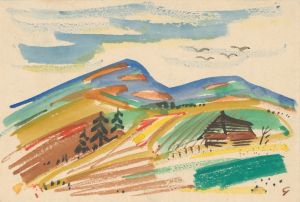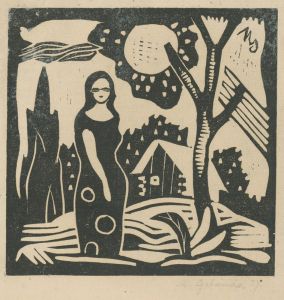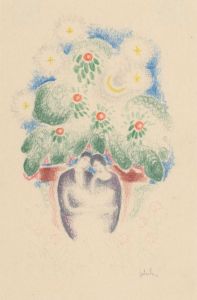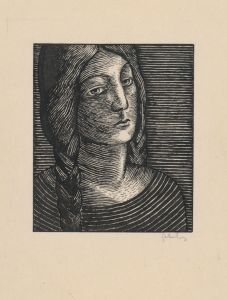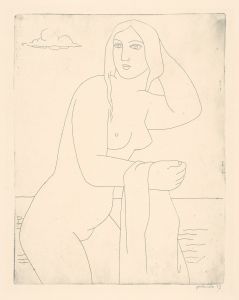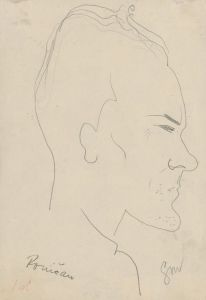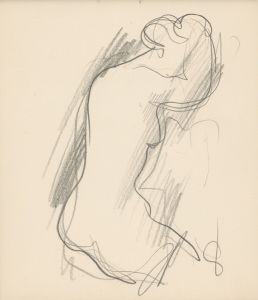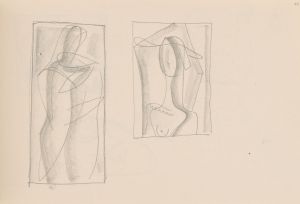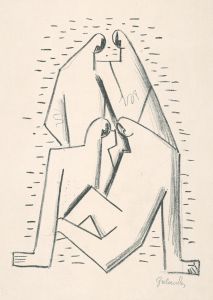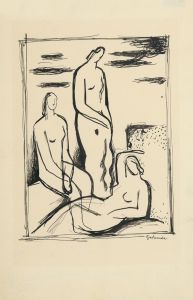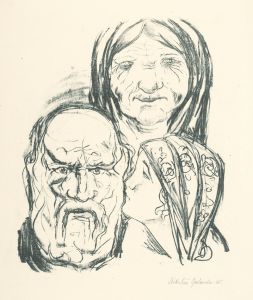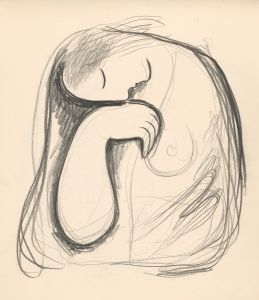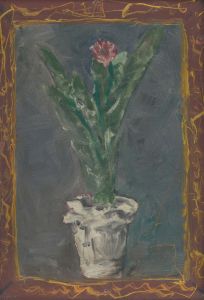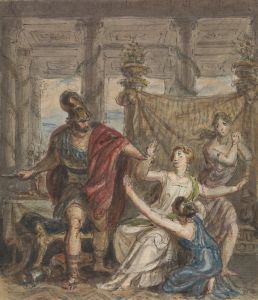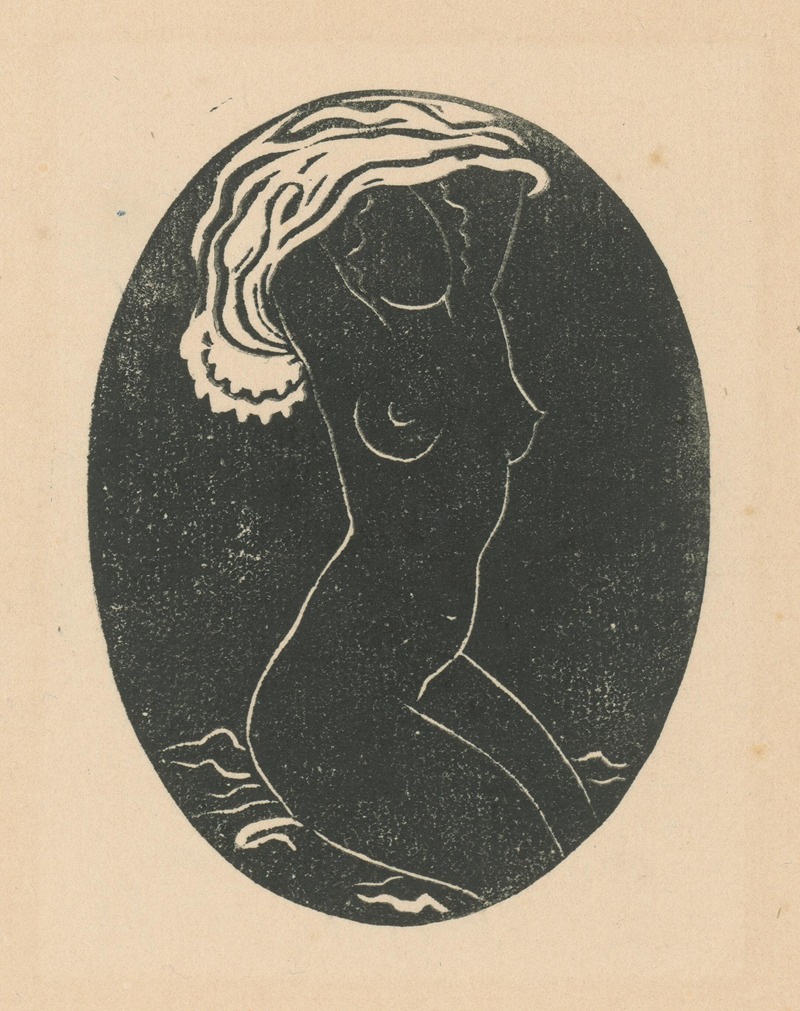
Žena s košeľou
A hand-painted replica of Mikuláš Galanda’s masterpiece Žena s košeľou, meticulously crafted by professional artists to capture the true essence of the original. Each piece is created with museum-quality canvas and rare mineral pigments, carefully painted by experienced artists with delicate brushstrokes and rich, layered colors to perfectly recreate the texture of the original artwork. Unlike machine-printed reproductions, this hand-painted version brings the painting to life, infused with the artist’s emotions and skill in every stroke. Whether for personal collection or home decoration, it instantly elevates the artistic atmosphere of any space.
Mikuláš Galanda was a prominent Slovak painter, graphic artist, and illustrator, known for his significant contributions to modern Slovak art in the early 20th century. One of his notable works is "Žena s košeľou" (translated as "Woman with a Shirt"). This painting exemplifies Galanda's unique style, which often combined elements of modernism with traditional Slovak themes.
Born on May 4, 1895, in Turčianske Teplice, Slovakia, Galanda was a key figure in the development of Slovak modern art. He studied at the Academy of Fine Arts in Budapest and later in Prague, where he was influenced by the avant-garde movements of the time. His work is characterized by a synthesis of modernist techniques and Slovak folk motifs, which is evident in "Žena s košeľou."
"Žena s košeľou" is a striking example of Galanda's ability to blend modernist aesthetics with cultural elements. The painting depicts a woman, a common subject in Galanda's work, rendered in a style that reflects both the simplicity and complexity of Slovak rural life. The use of bold lines and a limited color palette is typical of Galanda's approach, emphasizing form and composition over intricate detail. This stylistic choice highlights the influence of modernist movements such as Cubism and Expressionism, which Galanda encountered during his studies and travels.
The subject of the painting, a woman with a shirt, is portrayed with a sense of dignity and strength, reflecting Galanda's interest in the human figure and its expressive potential. The shirt, a traditional garment, serves as a cultural reference point, grounding the work in Slovak heritage while also allowing for a broader interpretation of the female form. This duality is a hallmark of Galanda's work, where the local and the universal coexist.
Galanda was part of the "Generation of 1909," a group of Slovak artists who sought to modernize Slovak art and integrate it into the broader European context. His work, including "Žena s košeľou," played a crucial role in this cultural movement, challenging traditional artistic conventions and introducing new ideas and techniques to Slovak audiences.
Throughout his career, Galanda was also involved in graphic design and illustration, contributing to various publications and collaborating with other artists to promote modern art in Slovakia. His efforts helped lay the foundation for future generations of Slovak artists, ensuring that Slovak art would continue to evolve and engage with international trends.
"Žena s košeľou" remains an important piece within Galanda's oeuvre, exemplifying his artistic vision and his commitment to exploring the intersection of modernism and tradition. Today, Galanda is celebrated as a pioneer of Slovak modern art, and his works are held in high regard both in Slovakia and internationally. His legacy continues to inspire artists and art enthusiasts, highlighting the enduring relevance of his contributions to the art world.





